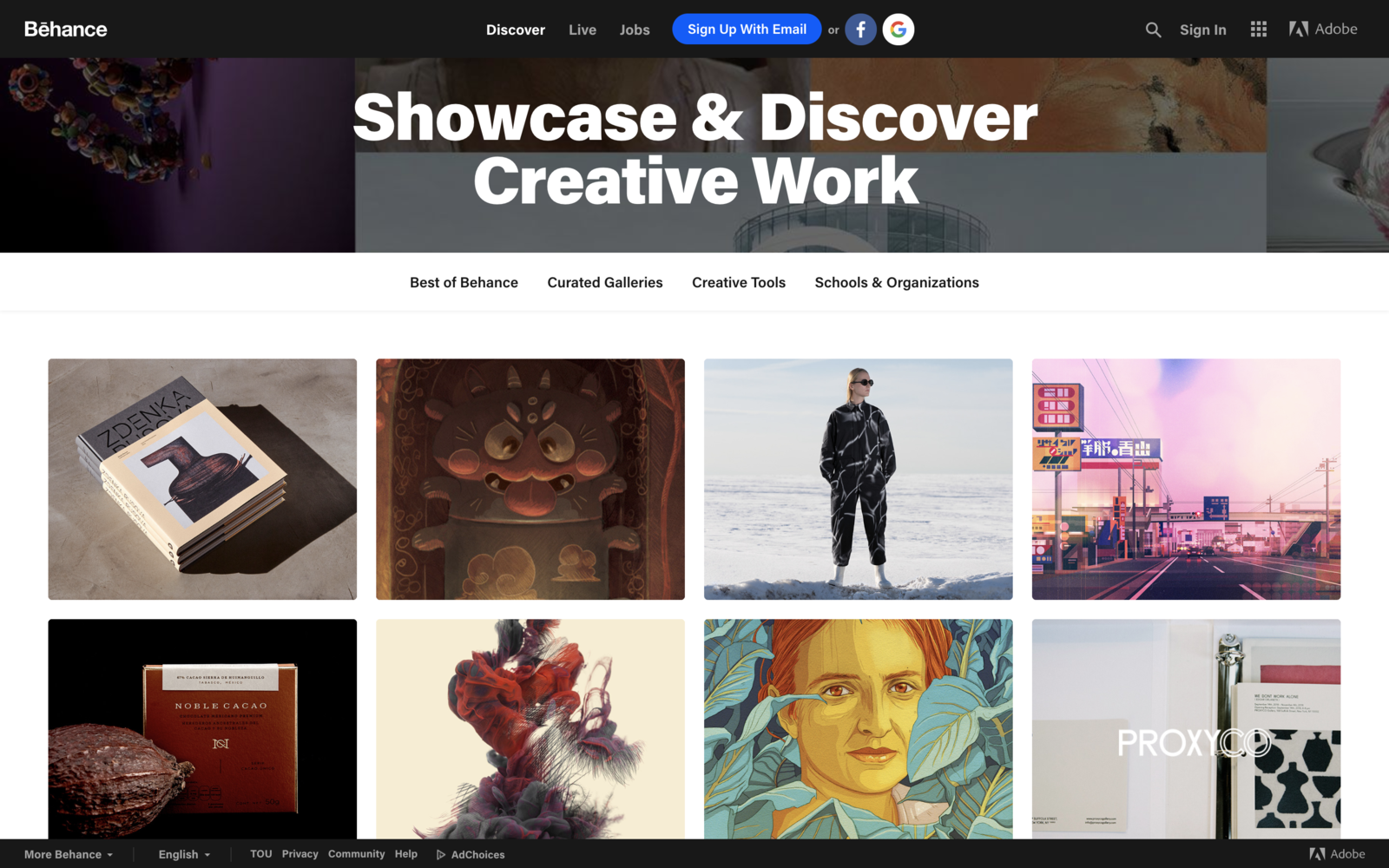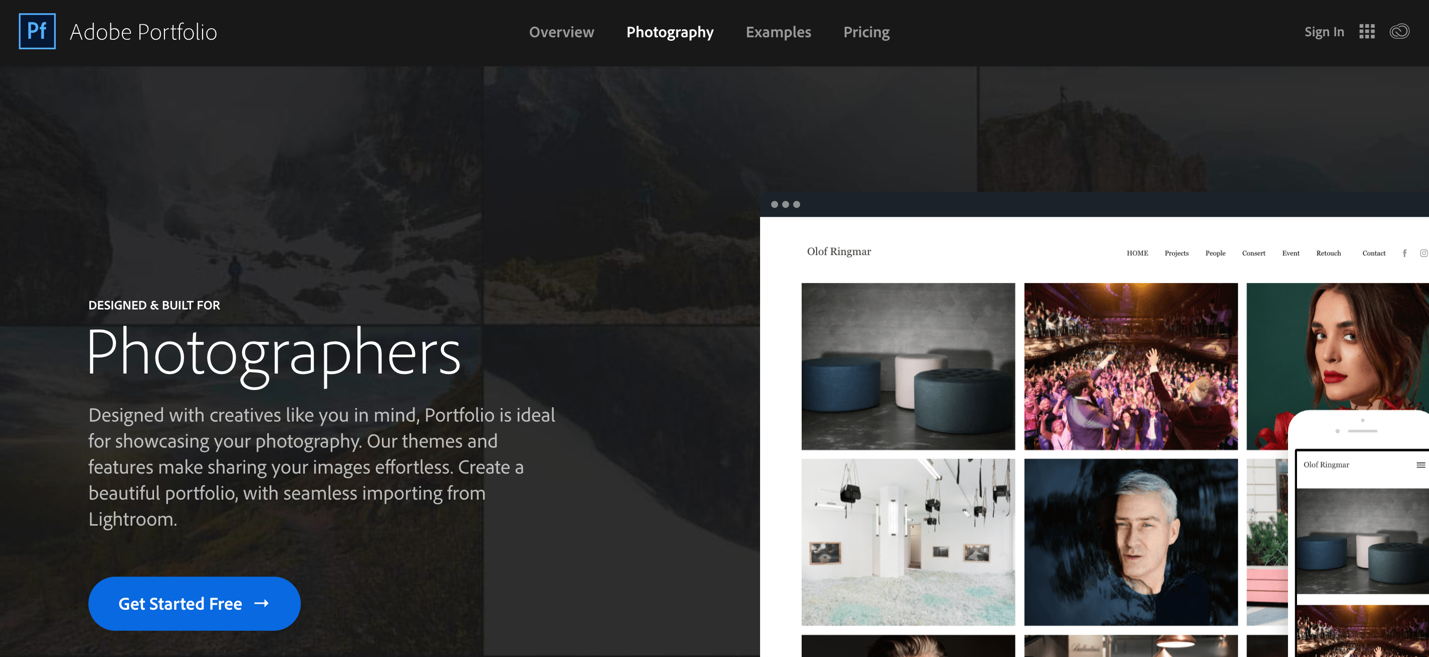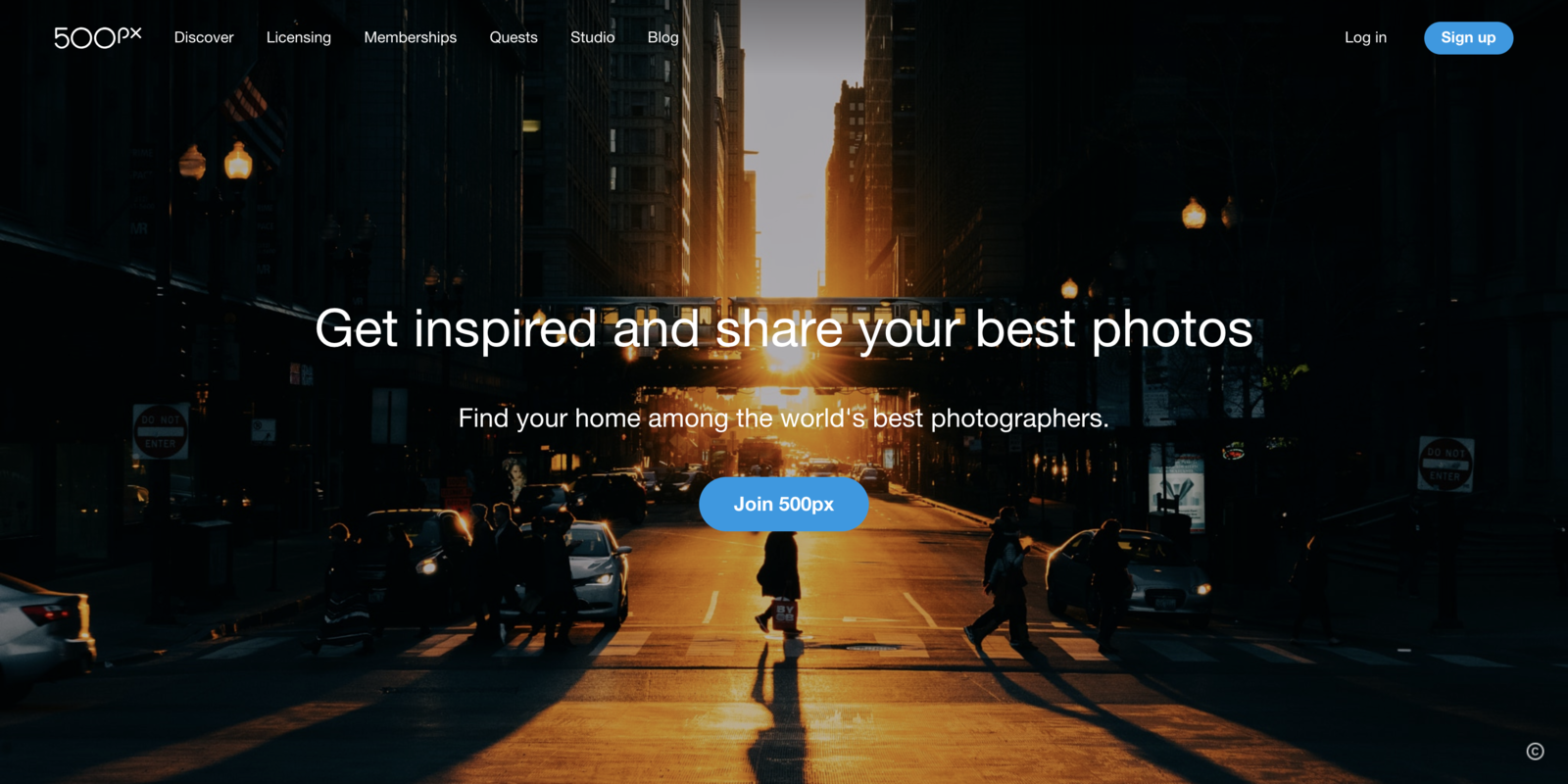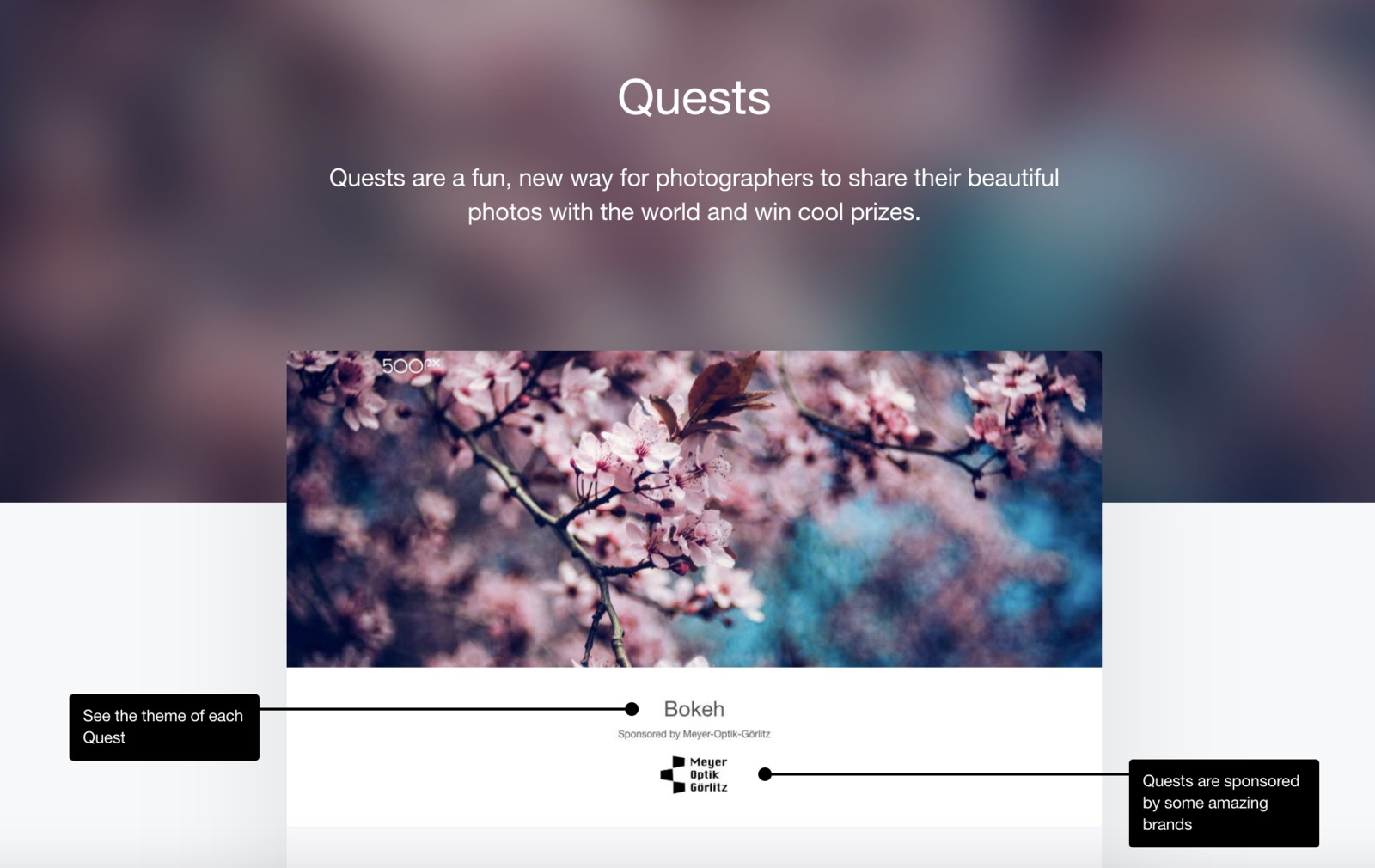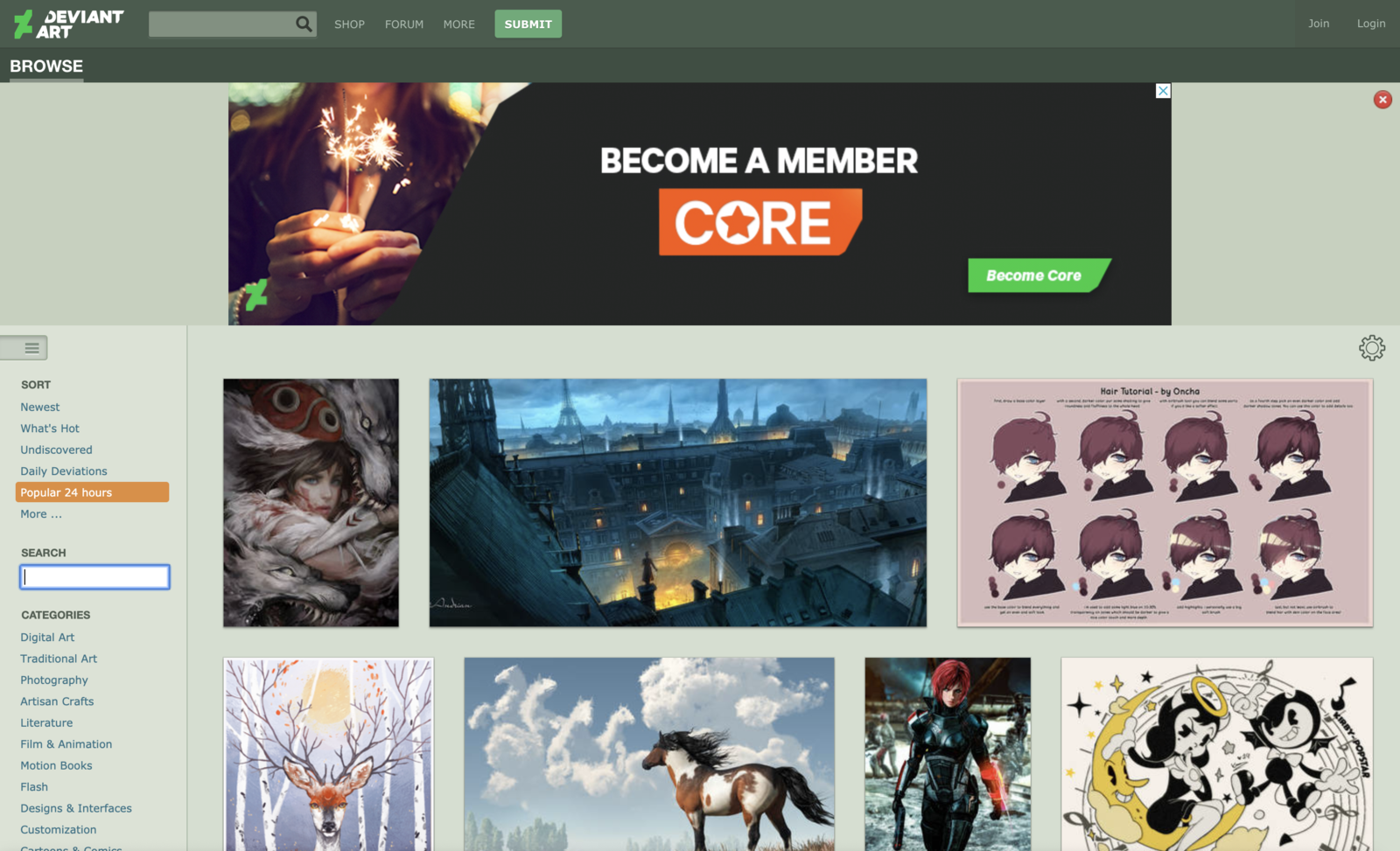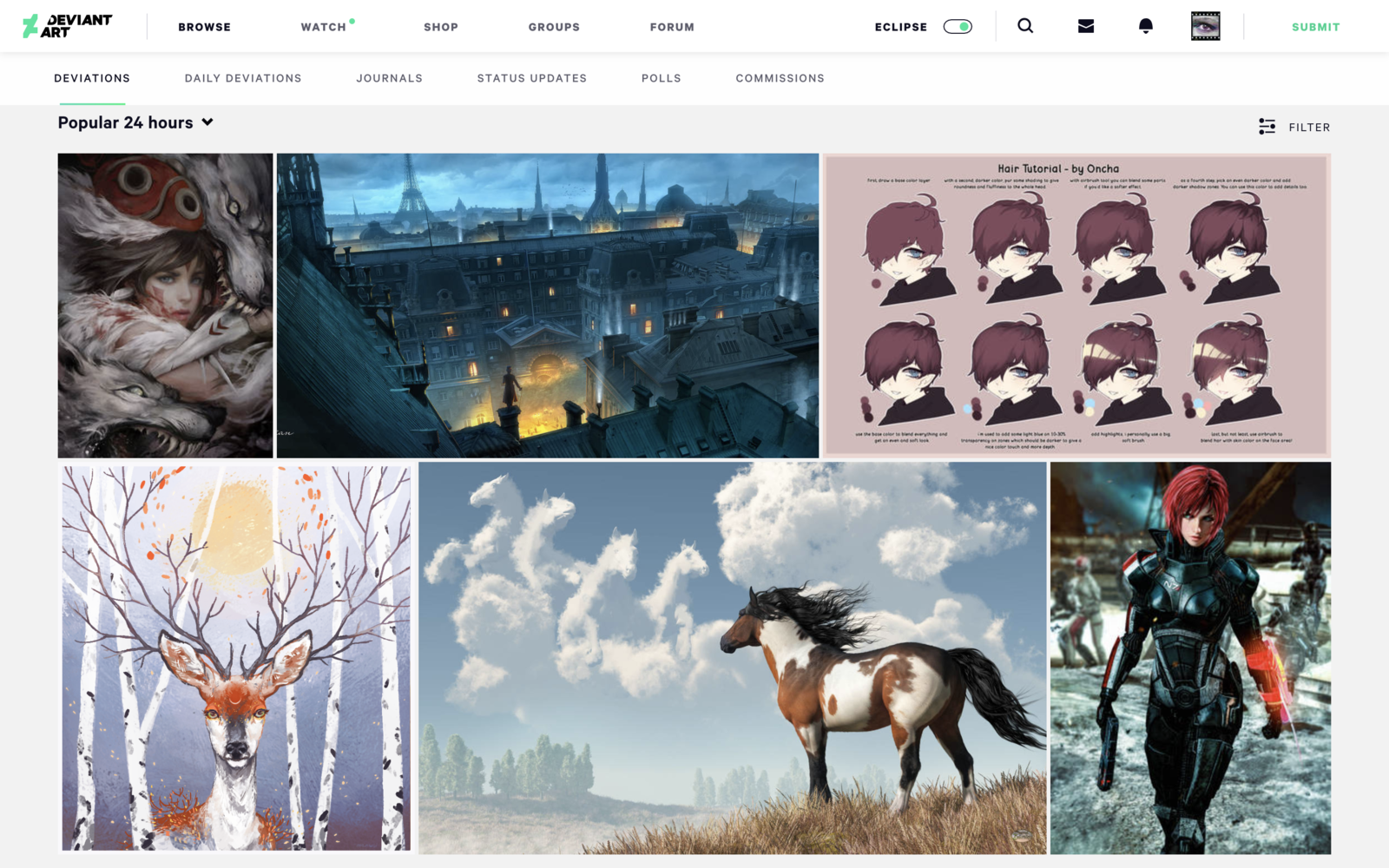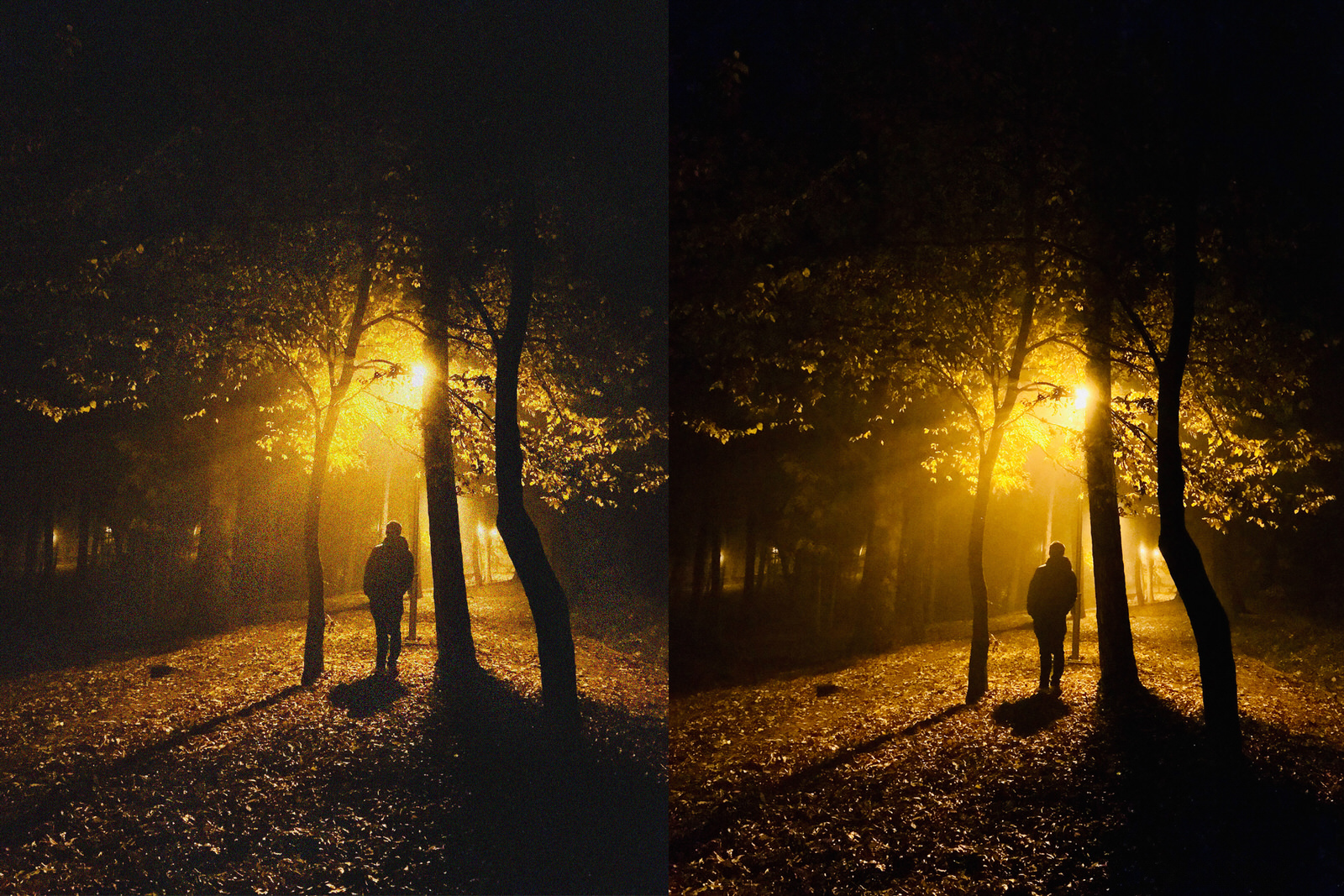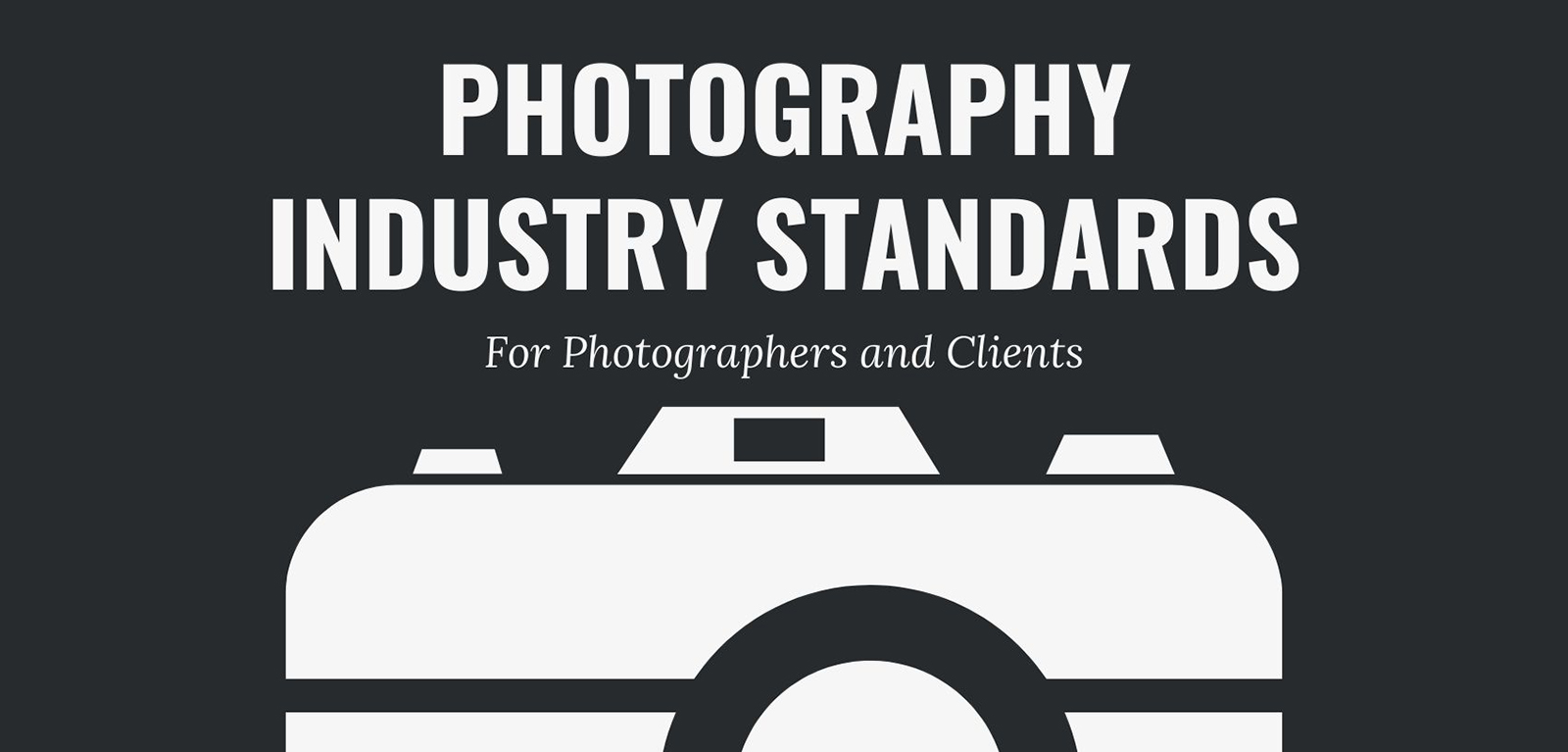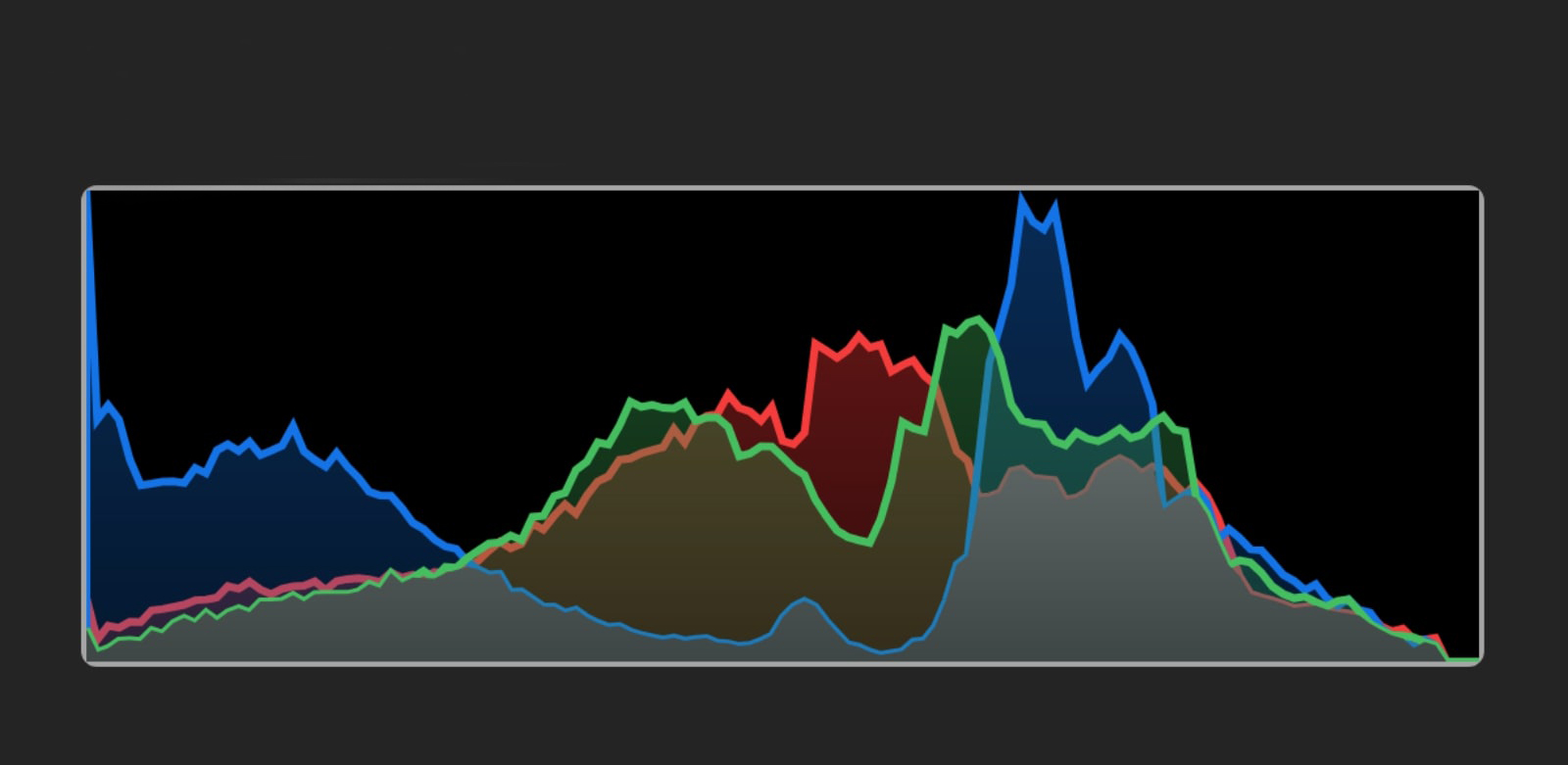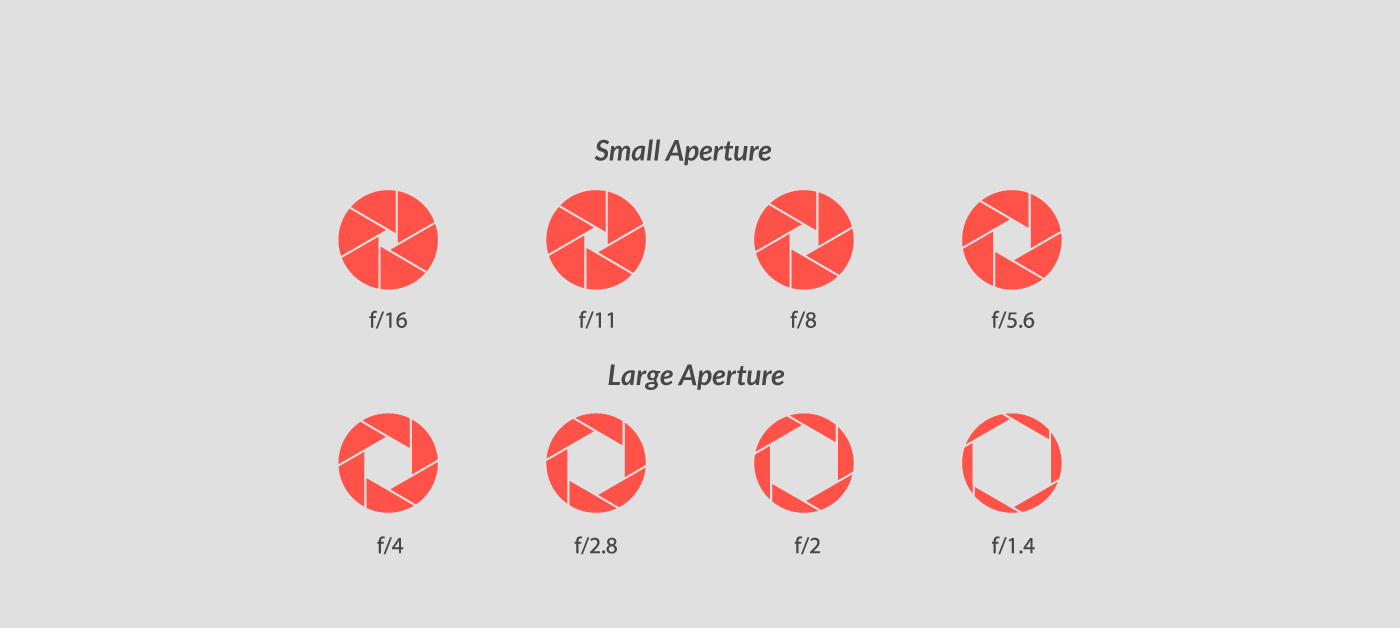
Expanding Your Online Presence with Portfolio Sites
For many photographers and creative business owners, the idea of building a website is daunting. Between finding the right web host, picking a template that fits your brand, staying on top of security updates and optimizing the website for search engines, the associated tasks of a website can be overwhelming. This is why many photographers opt for a portfolio-based social media site in lieu of a website.
Portfolio websites, such as Behance, 500px, Tumblr and DeviantArt offer built-in social networks and communities, as well as other features that can be very appealing. The ease of building a presence on these sites can seem like a tempting alternative to a personal website. And while there is nothing wrong with having an active account on any of these sites, we are going to explore who they are best suited for, some of their pros and cons and whether the platforms are a good fit for your photography displaying needs. We’ll also discuss whether you need a website if you are on one of these portfolio sites and how you can integrate these portfolio sites into your existing sites.
Do You Really Need a Website?
Professional photographers who don’t have a website are playing a dangerous game on the internet. There are many photographers who have scrapped their websites in recent years, or who never had one to begin with. Facebook or portfolio-based social media sites like 500px, Behance or DeviantArt had been good enough to them that they never felt the need to build a website in the first place. While there is nothing wrong with having a presence on these sites, and using them to the fullest, let’s look at why relying too heavily on them in your marketing mix can be dangerous.
Over the years, the face of social media has changed. If you have been on the Internet long enough, you’ve seen the rise and fall of MySpace, Friendster and the like. More recently, Google+ has been shut down and other smaller social networks have come and gone. In that time, the Facebook and Instagram algorithms have undergone significant changes as well.
The tides of internet traffic change. Some social networks lose audiences to other networks, as MySpace did to Facebook. MySpace was slow to adopt mobile-readiness and integrate itself into the web via Open Graph. It wasn’t keeping up with the changing terrain of the internet and thus saw its audience dwindle.
As a photographer, if you had relied on MySpace as the online hub to display your work, you would have seen your audience dwindle quickly in the early 2000s. If you had your ear to the ground early enough, you might have moved your presence to Facebook. However, the longevity of Facebook, or any other social network, is never guaranteed.
In fact, according to a 2018 Pew Research Center survey, over 42 percent of Americans had taken a break from Facebook in the prior 12 months. Over half of respondents had changed their privacy settings. While this may not signal the end of Facebook’s reign, it’s important information to be aware of.
When using social media to promote your photography business, you don’t own the space you’re working in. It is the equivalent of digital sharecropping, and the minute that a company like Facebook decides to change the rules it can be the death knell for a photographer that relied on the platform too heavily.
Conversely with a website, you own the domain and the content you’re sharing. Facebook changing its rules (like it did when it limited Business Pages’ organic reach in 2014 and again in 2018) can still have negative consequences for any business. However, by having a healthy and strategic mix of marketing activities, the consequences can be better mitigated than if a photographer’s sole presence was on Facebook. A website should be the hub of all of your online marketing and where you refer traffic back to when you’re utilizing social media.
What Are Portfolio Sites?
Now that you know you need a website and you need to own the space, where do some of these portfolio sites fit in? And just what do we mean by portfolio site, or portfolio-based social media platform?
These are websites that let you host your portfolio on their server with their branding and have a built-in social or community function to them. Some of the most well-known in the creative community are 500px, Behance, Flickr and DeviantArt.
The Pros of a Portfolio Site
Portfolio sites can be a great place for photographers to begin building their web presence, especially when funds are tight in the startup stage. Many of these portfolio sites offer free accounts that allow you to hang your digital shingle and showcase your work. Because these sites also have a built-in social component, the community there can be a valuable place to establish a network. When I started my photography career, Flickr was incredibly important to my growth in providing a supportive community that could answer questions and help me become a better photographer and business owner.
As a site gains notoriety within an industry, it can become a go-to place for people and companies looking to hire creatives. Designers have been hired via Behance, and photographers have gotten gigs based on their portfolios on Behance and Flickr. Additionally, as these sites develop stronger communities, their content has the potential to be ranked better in search engine results.
Sometimes a portfolio, or content from a portfolio, can rank higher than the photographer’s own website, because the portfolio site itself has a higher domain authority. For example, Behance or 500px is likely going to have a higher domain authority than most photographer’s websites. So, someone looking to hire a photographer might find their portfolio on 500px or Behance more easily in a search engine result. However, being able to direct traffic back to your website is a sign of professionalism and means that you still retain control over the hub of your web presence.
Some portfolio sites also let contributors offer their prints or products for sale or to be licensed. Flickr used to have a partnership with Getty and now 500px distributes its Marketplace images in a Getty collection. Other sites like EyeEm have partnerships with various stock distributors as well, giving photographers the opportunity to make a small amount of income with their portfolios.
The Cons of a Portfolio Site
There are a number of limitations that come with a portfolio site. The biggest one is that most of them often give you little control over the look and feel of your brand’s presence. Having to conform to the brand standards of a portfolio site can dilute the impact that your business has, making your presence feel generic.
While the content of each creative’s portfolio may differ, a Flickr portfolio looks like a Flickr portfolio – just as a DeviantArt portfolio looks like a DeviantArt portfolio. Tumblr is somewhat of an exception, in that it allows users to purchase premium themes. However, while many photographers use Tumblr as a portfolio site, its main function is as more of a blogging platform.
In addition to conforming to the brand standards of whatever site is hosting your content, you are at the mercy of their terms of service and server. If your content violates their community guidelines, you can find your content removed or, potentially, you can be banned from the platform. If their server goes down, your portfolio goes down as well.
Some portfolio sites have also created marketplaces to sell prints, products or licensing rights. While this can provide photographers with some extra income, it removes another level of control for the photography business owner. For example, with print-on-demand capabilities that some portfolio sites like DeviantArt offer, the photographer is unable to do quality control prior to the product shipping to the buyer.
On the licensing side, when a company like 500px changes how it offers photos, there can be a number of consequences for the photographer. For example, when 500px closed down its own Marketplace in 2018, it shifted its focus to offering photos through its distribution partners Getty and Visual China Group. Royalties from sales that were made on the Marketplace platform were split between the photographer and 500px.
Now, with distribution through Getty and Visual China Group, those royalties are split between three parties and the distribution partner usually takes the first cut. So, if a sale is made through Getty, which takes a 70 percent cut, the remaining 30 percent is split between 500px and the distributor. There were also complaints that images licensed through a 500px distribution partner were not credited to the photographer, but this does not appear to be the case in the Getty 500px collection.
Let’s take a closer look at some of the most popular portfolio sites that photographers and other creative business owners can take advantage of:
Behance
Behance is a social network in the Adobe family. It is comprised of portfolios by creatives in myriad fields. What began as an online scrapbook of sorts for creatives has evolved into a platform where designers, photographers and illustrators share their work, connect with others, get inspired and win jobs. Access to Behance comes with an Adobe Creative Cloud subscription, which starts at $9.99 per month.
The Pros and Cons of Using Behance
Behance has a thriving community of artists, and it’s a great place to keep up with creatives that you admire as well as find new artists to be inspired by. Because it’s a platform designed for artists, you’re able to showcase completed projects, as well as projects that are in-progress and ask your followers for feedback. Works in progress function similarly to Instagram and Snapchat stories, being visible to followers for 24 hours, during which time they can submit feedback. Because of the nature of the community on Behance, feedback is likely to be more constructive than on other social networks, and the support that artists can give one another can be invaluable.
Behance also has an integrated job board, which gives creatives the opportunity to look for their next gig or full-time position. While these jobs might often skew more towards positions for designers or art directors, it is also not uncommon for companies to make hiring decisions based on Behance portfolios. For example, a photographer can set up their Behance portfolio, and then prospective clients can subscribe to that portfolio, comment on current works or even make a hiring decision.
While Behance itself has certain limitations in terms of customizing the presentation of a portfolio, because it is an Adobe product, it integrates into Creative Cloud and allows subscribers to import their Behance projects into Adobe Portfolio to create a website. Adobe Portfolio websites come free with a Creative Cloud subscription and includes hosting as well as unlimited pages. When creating an Adobe Portfolio site, there are 12 different clean, mobile-responsive themes that can be used.
While this integration can provide photographers with an economical solution for a website, it does not offer all the options and integrations that platforms like Squarespace, WordPress, Wix and Weebly offer. However, for photographers that are looking for a simple solution, the Behance integration with Adobe Portfolio can provide an attractive web presence.
Is Behance Right for Your Work?
When considering whether having a Behance portfolio could be worthwhile, spend some time exploring the platform and ask yourself a few key questions: the first is what do you hope to achieve on the platform? Is it connections with fellow artists, feedback to help grow your skills or connections with potential clients?
Once you have identified your objectives, it’s important to consider whether the community is a good fit for the work you do, or if the kinds of clients you want to work with are on Behance. If you are looking to break into the commercial market, Behance can be a great place to scope out the caliber of competition and who the clients might be in that space. However, if your focus is more on local client portraiture, Behance might not be the answer to your needs.
For those who are looking for a supportive social network and portfolio integration with a website, Behance might be a good place to start. While a portfolio on Behance cannot replace a standalone website, the integration with Adobe Portfolio offers a basic website solution for a reasonable fee. Overall, if you already have a Creative Cloud subscription, it is worth investigating Behance to see if the community is a good fit for your business.
500px
For many photographers, 500px was the social network where they made their online homes after Flickr began to decline. It became a go-to community for support and feedback and was also a place for many photographers to experiment with licensing via the 500px Marketplace. However, as the landscape of social media has changed, and 500px has made controversial changes to its account structure and licensing, some photographers have left 500px because they no longer see it being as relevant as it once was.
The Pros and Cons of 500px
The social sharing site has several account levels, from Free to Pro. Free accounts are limited to seven uploads per week (although it used to be 20), whereas the Awesome and Pro accounts offer unlimited uploads. As with Flickr, in order to access advanced statistics on one’s photos and where traffic is coming from, 500px requires a paid account of Awesome or higher. Pro-level subscribers are able to showcase their services and workshops and have access to the 500px Directory where brands can follow and message photographers for hire.
500px also hosts Quests, where photographers can submit their photos for prizes and brands can crowdsource images for projects. Brands crowdsourcing photography has been a controversial topic, so photographers should always check the terms of how their images will be used when participating in Quest and contests on other platforms.
In order to be eligible for some Quests, you will need to opt into licensing your photographs through 500px. We’ve already discussed some concerns about the 500px licensing models and the changes it’s undergone. So make sure that you fully understand the licensing terms before offering your images for sale through their licensing partnerships.
500px also integrates with some website providers such as Squarespace and Format. While there is not a similar integration to Adobe Portfolio, 500px does offer an Adobe CC Photography Plan as a bundled subscription called Pro and Adobe. Using this bundled subscription, photographers can still take advantage of the free website via Adobe Portfolio.
Is 500px Right for Your Work?
Once a stiff competitor to Flickr, 500px has gone through many changes over the years, limiting uploads on its free accounts and shutting down its Marketplace for licensing. Some photographers have left the platform, choosing social media giants like Instagram or competing photo-sharing sites like Behance instead. Others continue to participate because they have found a relevant community, sharing their work and engaging with others, or participating in competitions like Quests.
One major benefit of 500px over Instagram is that images can be indexed in search engines. While the same is true for Flickr, the URL structure of 500px is far superior to that of Flickr. Let’s take a look at two URLs for the same image uploaded to the respective platforms.
On Flickr, the URL for my image looks like this:
- https://www.flickr.com/photos/jenkiaba/43591155104/in/dateposted-public/
However, on 500px, the URL looks like this:
- https://500px.com/photo/271815605/surfacing-by-jen-kiaba
On 500px, the URL is being generated based on the title of my photograph. If I had been using a keyword-rich title, this information could be used by search engines to help my image be found on Google and Bing. While there are many factors that go into how search engines determine the rank of content, Google does use the information contained within a URL to help determine rank. Does this mean that 500px beats Flickr for SEO purposes? Not necessarily, as Google and other search engines take a number of signals into account when determining rank. However, this is one factor that is certainly in 500px’s favor.
Overall, when determining whether 500px is worthwhile as a photography portfolio site, ask yourself those key questions about your objectives for 500px. If you’re looking to interact with a vital photography community, spend some time to find out how active others are on the platform. If you’re looking to get hired via 500px, contact others who have participated in the 500px Directory to see if they have gotten inquiries there.
Keep in mind that the 500px Directory does not offer dofollow links via their directory, whereas competitor directory Photographer Central by Zenfolio does offer dofollow links. Signing up for authoritative directories in your industry can help with SEO efforts if real people are utilizing the directory to find the information and services that they need. So, while we discuss the value of nofollow links in another article, inquiring with others in the industry to see if the 500px Directory is a source of leads for them will help you decide if participation is worthwhile.
Tumblr
Although Tumblr is not exactly a portfolio platform, and it was not made specifically for the creative community, it’s worth exploring because many creatives have utilized it to host their portfolios. Tumblr is a blogging platform that rolls a bit of WordPress, Twitter and Flickr all into one package by allowing users to share images, audio, video and links to other sites. Because it comes with the built-in social network of other bloggers, it has the ability to function like other portfolio sites where followers can like, comment and reblog content.
While as of 2018 Tumblr is still ranked in the top 10 social media apps in terms of its audience size, it has begun to see its traffic decline since the summer of 2018. In December 2018, the platform banned pornography and adult content, which sparked an outcry from both artists and adult content creators, some of whom have left the platform. Still, others have remained and use Tumblr as a website solution to host and showcase their work, while interacting with the built-in community that Tumblr has gathered.
The Pros and Cons Tumblr
It’s true that Tumblr offers a vibrant built-in community and has a strong contingent of artists in that community, but it is not exclusively an artist’s hub. However, Tumblr did help give birth to popular blogs such as Humans of New York. So, the built-in user base can still be a boon to professional photographers looking for a place to establish their web presence.
Because Tumblr is a blogging platform at its core, it allows users to buy a domain name and let Tumblr function as their website. Like many website platforms, users can also buy premium themes in order to showcase their work in an on-brand fashion. With a little bit of HTML knowledge, users can even customize their themes. Tumblr accounts are free and users who want to host their website on the platform do have the option to purchase a custom domain name and point it at their Tumblr account.
Tumblr has been subject to a security breach in the past which compromised user data. A security bug that could have leaked people’s personal information has also been found as recently as last year. While other platforms such as Facebook and Google+ have had security breaches that exposed potentially sensitive information, by having Tumblr host your website a security breach could harm more than just your social media asset. Other website hosting platforms can also be vulnerable to security risks, but according to ITWeb, social media incidents accounted for over 56 percent of the 4.5 billion data records compromised worldwide in the first half of 2018.
Another consideration to keep in mind before using Tumblr is that the content you showcase needs to adhere to the terms of service, which are subject to change. Take, for example, the recent ban on adult content. Any artist who worked with nudity in their photography could have found their content was no longer publicly available to their blog visitors. While this could happen on any social network, the danger here is when a photographer uses Tumblr as both their social network and website, making their content susceptible to changes in those terms of service.
Is Tumblr Right for Your Work?
While Tumblr does not have the same artist or photographer focus that sites such as Behance or 500px have, or the built-in capacity to offer services, there are many artists who do thrive on the platform. The site offers an easy solution for artists seeking basic websites and a community to interact with. However, for anyone looking to participate in more advanced marketing activities, such as building an email list or hosting ecommerce products, there are better solutions out there.
Still, for those looking for a diverse community of artists, illustrators, webcomic authors and bloggers, Tumblr offers a vibrant place to call home. For those who might want to engage with the community, but are hesitant about the risks of hosting an entire website on Tumblr, there is a middle ground: Tumblr can be embedded into many website platforms as a blog. For example, if you use Squarespace as your website provider, you can still connect Tumblr as your blog.
DeviantArt
DeviantArt is one of the largest online communities for artists, photographers and videographers. While the social network site doesn’t compete with the likes of Instagram, or even Tumblr, it is ranked the 120th most visited site in the United States, according to Alexa.com. With 44 million registered members and over 45 million unique visitors every month, it has a highly engaged community and has built-in forums and groups to allow users to interact and support one another. In 2017, website provider Wix purchased DeviantArt with plans to improve the platform.
DeviantArt offers free accounts and paid Core accounts for $15/month. Both levels allow users to sell prints. The company has also introduced their Premium Content Platform where users can sell digital downloads of their content. Users who subscribe to the Core membership get points to purchase items in the Premium Content Platform, are able to bulk upload images, admin up to 10 groups and connect Google Analytics to their account. Another key feature of the Core membership is the ability to set print prices on the print-on-demand feature integrated into DeviantArt.
The Pros and Cons of Using DeviantArt
For creative business owners who sell products to other artists and photographers, the Premium Content Platform can be very appealing. Photographers can sell Lightroom Presets, Photograph Actions, Textures or templates to others who want to achieve similar styles. Some artists use the platform to license images, and the built-in print-on-demand platform allows you to make some income off of prints.
The interface of DeviantArt is easy to navigate, and the built-in search engine helps make it easier for people to discover your work. The old interface was not conducive to a professional-looking online portfolio. With an olive green background, the interface lacked the clean white space that many photographers opt for in their portfolios.
A new site design, called Eclipse, has been rolled out and users can now enable the new look with either a white background or a black background and a cover image to help brand the portfolio. As of writing, the Eclipse update seems to only affect how a signed-in user experiences the website after enabling the update. Portfolios viewed by the public or by a user that has not enabled the Eclipse update still experience the old site layout and colors.
If you’re hosting your website via Wix, your DeviantArt feed can be embedded into the site. Artworks on the social network, called Deviations, can be embedded into a customizable gallery. While there is a lot of potential for photographers to use this feature to take advantage of the social network and create content for their website, so far the reviews for the integration have been poor.
Is DeviantArt Right for Your Work?
DeviantArt is a diverse community, with artists from many disciplines and many skill levels. While it may not have the professional reputation of portfolio sites such as Behance or 500px, there are still a number of beneficial features that an artist can utilize, such as selling prints and digital downloads. With limited abilities to integrate Deviations into a website, maintaining a DeviantArt presence could add additional pressure to photographers struggling to keep up their digital marketing. Yet, if the platform provides a relevant community that can offer support or a built-in client base for digital products and prints, it could be a valuable platform to participate in.
The Final Word
Portfolio sites offer built-in communities and easy ways for photographers to showcase their talents, get feedback on their work and, sometimes, find clients in the process. While portfolio sites make a poor substitute for a standalone website, some of the portfolio sites we explored also offer helpful integrations into website solutions. These integrations can make participation in these portfolio platforms more attractive.
Before exploring any of these or adding them to your digital marketing mix, make sure to understand what your objective is for being on the platform. Some platforms are better suited for peer feedback, while others offer amazing opportunities to find income streams from your work. Despite the fact that some platforms offer opportunities to be hired based on the work you’re displaying, portfolios are not guaranteed to be big sources of lead generation. So make sure that you’re on these sites for the right reasons, so that you’re able to accurately measure the results you get.


